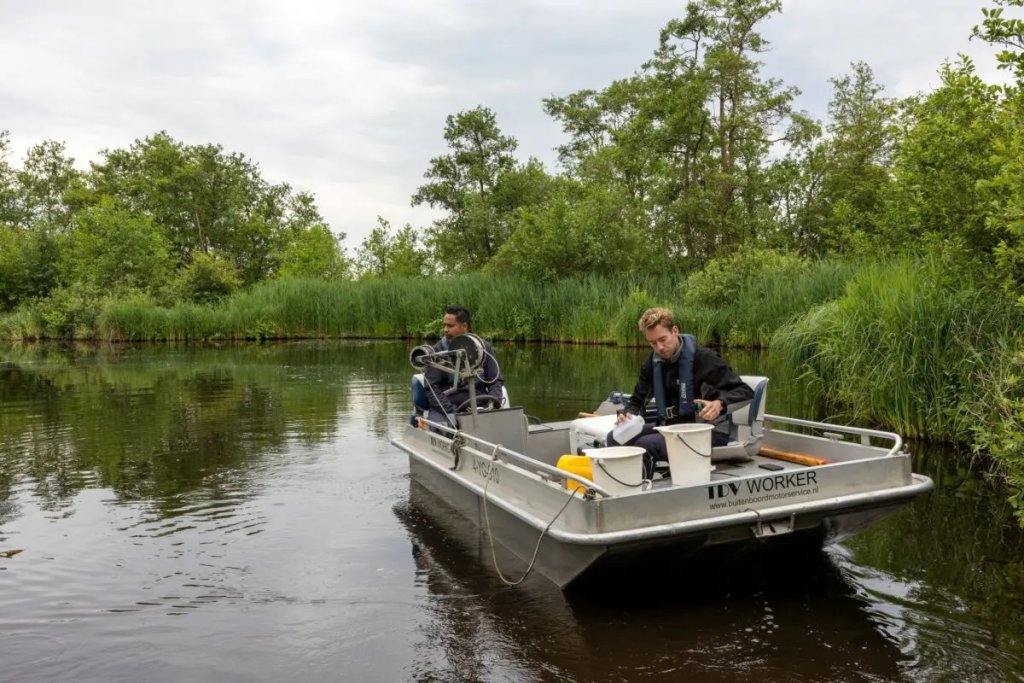What are PFAS and what does it mean for HHNK?
PFAS is a collective name for thousands of chemicals, which are moisture, grease and dirt repellent. They are used in rainwear, pans and paint, for example.
PFAS are toxic and enter the environment when used and through waste streams. Also in the soil of land and water. As a water board, we therefore have to deal with these substances.
What does HHNK do?
We try to prevent PFAS from entering soil and water as much as possible.
- We follow the national legislation on PFAS.
- We monitor water quality and take measurements for PFOS, among other things, in the management area for the Water Framework Directive.
- We monitor locations where exceedances of standards are likely, such as airports, fire drill sites and fire stations.
- We conduct preliminary investigations at dredging sites. When sites are suspicious, we conduct further investigation.
- We monitor PFAS in wastewater.
- There is nationwide research on PFAS removal in treatment plants. We are following this research closely. So far, it appears that PFAS removal from wastewater is not a cost-effective approach.
- We conduct water quality surveys at officially designated swimming water sites.
Standards violations
We are investigating the origin and potential sources when we find standard exceedances in surface water. For example, we are currently investigating ten landfills that may be leaching PFAS. At the site of a former fire station in Zaandam, the soil is contaminated with PFAS. This site is being remediated.
Careful dredging
Before we dredge, a preliminary investigation of the water bottom is always conducted. Based on this, we determine whether PFAS research is necessary. In our working area, so far there are no health or environmental risks from PFAS in dredged material.
Until recently, there were no standards for PFAS. Therefore, a temporary action framework for PFAS was drawn up from the national government in cooperation with the Union of Water Boards and other parties. The Ministry of Infrastructure and Water Management finalized this framework at the end of last year. It states how work with soil and dredging containing PFAS can be carried out in a safe and environmentally responsible manner.
